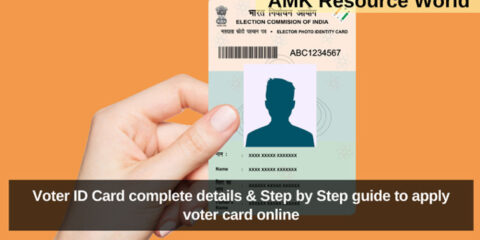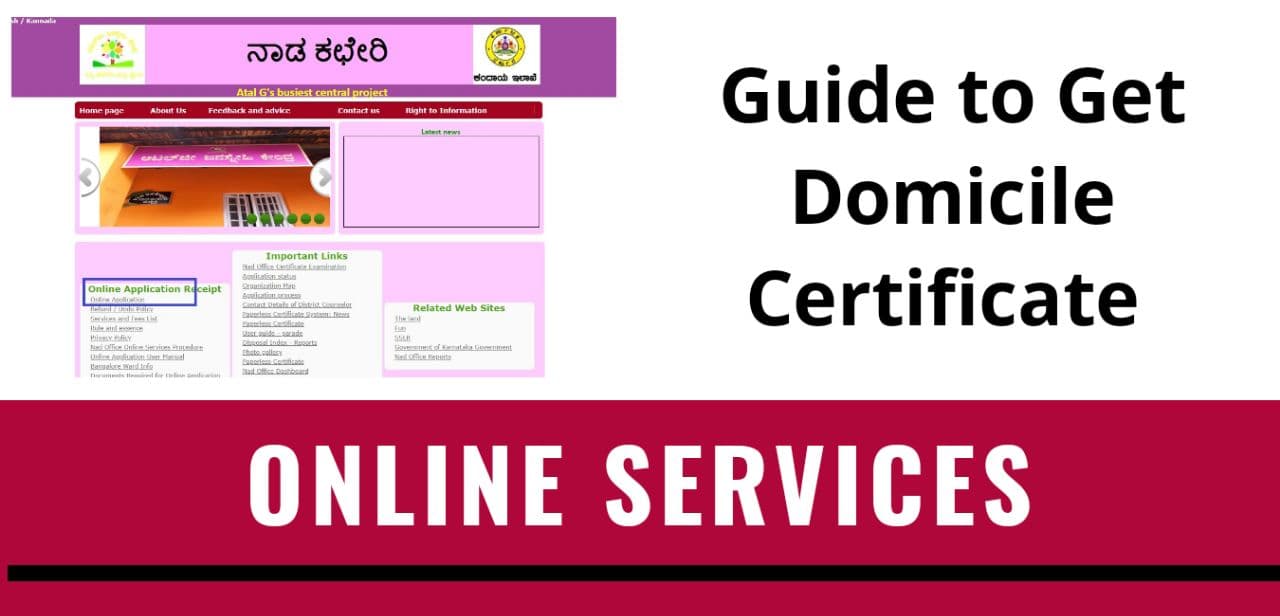In the end, your necessities are as unique as you. Starting from your daily transaction to achieving your professional goals, savings bank accounts are one stop solution for all your prerequisites. Access your account and manage from anywhere, anytime with digital banking services.
Before you do that, there are a few documents you will need to keep handy to open a savings bank account.
For a common man, a savings account is place where they can save their money and withdraw it whenever it is necessary.
Primarily, a savings bank account acts as a depository of customer’s savings. It stores the money securely and offers interest on the deposit.
A savings account can be opened in any bank, post office, or in any financial institution. Though, banks are more appropriate because their rules are customer-friendly and services are easily reachable.
WHAT ARE KYC NORMS?
Know Your Customer norms will apply to everyone who wants to open a bank account. KYC is like certain basic data that the banks need to know about the account holder.
This information is taken by bank by collecting necessary documents submitted by the applicant to confirm his/her identity. This is basically to discard potential frauds and to monitor suspicious high value transactions that may be related to illegal trades, money laundering or other financial scams.
SAVINGS ACCOUNT NOMINATION:
Government of India declared that it is mandatory for all savings account holders are mandatory to nominate a beneficiary who can manage the account on their behalf. When filling in the application form, customers are supposed to be required to choose a nominee. If in case the nominee is a minor, he/she will be allowed to operate the account only once they turn 18 years old. Following the death of the account holder, the nominee can operate the account on his/her behalf.
WHO CAN OPEN SAVINGS BANK ACCOUNT?
Resident individuals, Nonresident Indians, Foreign Nationals and other categories of applicants can open a savings account after fulfilling with bank’s KYC requirements.
Those who are below the age of 18 are also eligible to open a savings account under the guardianship of parents. Zero balance accounts can also be opened under the PradhanMantri Jan DhanYojana (PMJDY), given a set of conditions.
DOCUMENTS REQUIRED
The documents required to open a bank account in India are as follows:
- Any of one proof of identity (passport, Aadhaar, Voter ID)
- Proof of address (Electricity bill/water bill)
- Residential Proof
- PAN card (Permanent Account Card)
- Recent Photograph
STEPS TO OPEN A BANK ACCOUNT:
Here are the steps you have to follow to open your bank account-
Choose a bank
You may have done this earlier.If not, then talk to various banks which nearest to you to discuss what exactly you would get if you open a bank account in their bank.You can select a bank based on the services they offer which other banks may not provide.Few private banks offer a high rate of interest than just normal 4%.
Visit the bank or its website
Once you have decided about the bank, you may have to visit that bank during its banking hour along with necessary documents and initial deposit, to open your account. But, you can also open your account online by visiting the bank’s websitethat can be done in any time and from anywhere.
Choose your banking product
A bank account offers several types of accounts and services and you can select based on your need. For example, you can choose a savings bank account for the basic banking need or a current account in case you have any business.
Provide your information and required documents
You should fill up the form, attach your recent photograph and provide your KYC detail.
You are supposed to besubmitting various documents including your photo,identity proof in the form of your PAN card, Passport or Aadhar card and address proof in the form of your Passport, Ration card, Voter ID card or Aadhar card.
Additionally, you can use your passport or Aadhar card for both purpose including proof of identity and address proof.
There are 2 types of forms available to open bank account based on whether you have PAN card with you or not;
- Form 1 – Name, address, signature, various other details and assets.
- Form 2 – Customers will have to fill in this part if they do not have a PAN card.
Agree to terms and conditions
Before you put your signature, it’s very essential to read all the terms and conditions very carefully and you can contact the concerned person in case of any doubts.
Once you done with opening your account don’t forget to collect your ATM card and cheque book and finally passbook. Go ahead to open your account today.











































